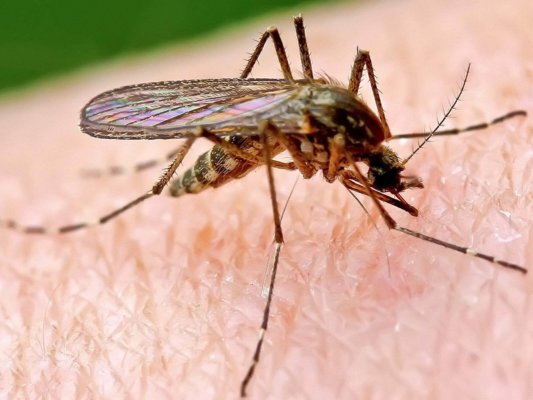Although the Zika virus is mainly transmitted from mosquitoes to human, sexual transmissions from men to women or between two men have also been documented. But in New York, there is a confirmed transmission of Zika from a woman to a man.
“This represents the first reported occurrence of female-to-male sexual transmission of Zika virus,” said a report issued on Friday by the federal Centers for Disease Control and Prevention and the New York City Department of Health and Mental Hygiene.
The evidence of a previously undocumented transmission means is the latest twist in a viral outbreak that continues to baffle and surprise leading experts. It is prompting officials to rethink, once again, the guidance for health care providers and the general public on how to limit the danger of infection, as the pool of those who could be at risk widens.
Much about how the virus works is a mystery, and it remains challenging to detect; 80 percent of those infected show no symptoms. For those who do get sick, the illness is often mild, and there is no treatment.
But Zika can pose a dire risk to pregnant women. It targets developing nerve cells in fetuses and can lead to a birth defect called microcephaly, in which babies are born with abnormally small heads and brain damage. It may also cause developmental problems after birth.
Zika is primarily transmitted by the yellow fever mosquito, Aedes aegypti, which thrives in warm, tropical climates. But 11 countries have documented cases of sexual transmission from a man to a woman. Among the 1,130 people who have received a Zika diagnosis in the continental United States, including 320 pregnant women, the C.D.C. has reported 15 cases of sexual transmission.









